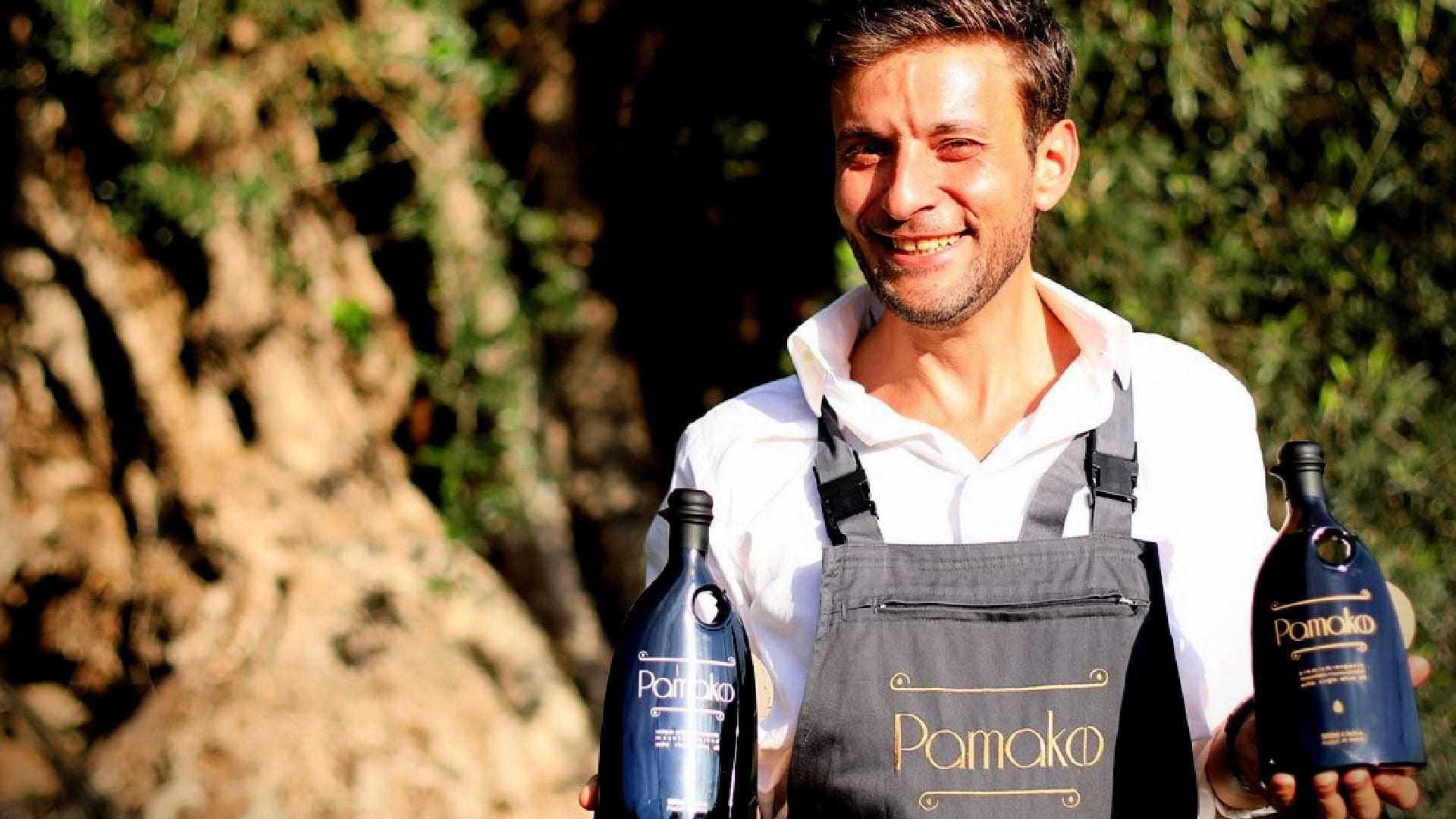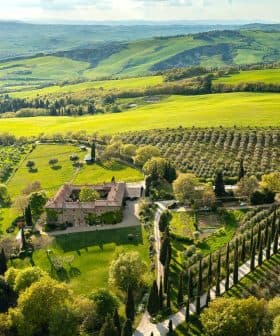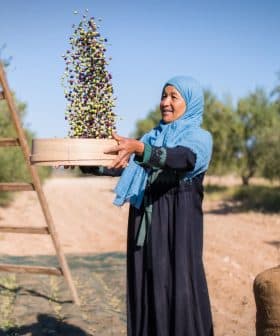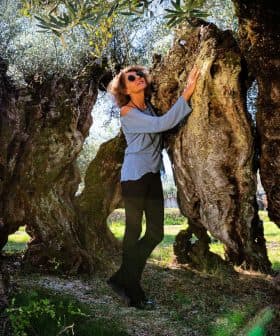Producers Transform Olives from Monumental Trees into Medicine on Crete
The olive grove of Eftihis Androulakis in Crete features monumental olive trees that have been twisted by the wind over centuries, with the company Pamako producing high-quality olive oil that has earned a health claim and is now sold as a dietary supplement in Belgium. Only a small quantity of the olive oil produced by Pamako meets the stringent standards required for the health claim, but the company has seen success in selling it as a dietary supplement in Belgium, with plans to expand to other countries in the near future.
The majestic trees of the olive grove of Eftihis Androulakis have a history dating back centuries.
Olive trees up to 12 meters (39 feet) high, which have been bent and twisted around their axis by the wind, are still productive and serve as a living testament to the close relationship between man and nature that lies at the heart of the tradition in Crete.
Since 2019, our olive oil has been prescribed by 400 doctors, which opens a door for other olive oils to also seek to classify as a dietary supplement.
The way in which Androulakis talks about the olive grove reveals a mix of pride and a sense of responsibility that he shares with his partner, Michalis Marakas, as caretakers of these monumental trees.

Eftihis Androulakis
Androulakis and Marakas go to great lengths to experiment with methods of olive oil production to achieve the highest expression of the terroir in Chania, Crete — as well to gain certification for their oil as a food supplement in Belgium.
See Also:Producer ProfilesAbout 1,200 trees of the Tsunati variety grow on steep terraces at an altitude of about 650 meters above Sougia and Paliochora. The monumental size of the trees, with foliage that stretches 15 to 20 meters across, testifies to their long history that goes back several hundred years.
About five people need to work together to harvest olives. “There are no roads on the estate, so to approach the trees we have to make our way onto the slopes of the mountain and then climb onto the olive trees,” Androulakis said.
“In order to pick the fruit in safety, we secure ourselves onto the trunk because the slopes are exposed to strong winds blowing from the coastline,” he added.
The company’s olive grove also includes another 10,000 trees of the Koroneiki variety, planted in the area of Maleme just outside Chania belonging to the co-founder of Pamako, Marakas.
The adventure of olive oil production does not finish at the stage of the harvest but continues into the phase of extraction, which takes place in the company’s privately owned mill.
“We do a lot of experiments that include, for example, the pitting of part of the olives, the gradual harvesting of the fruit, while we also modify the machines to get the quality we are looking for,” Androulakis said.
Among the secrets of the olive oil of Pamako is that the fruits of the monumental trees mature in stages and are collected at different times, which gives character to the olive oil.
“One of the reasons I believe the olive oil has character is due to the old age of the trees,” Androulakis said. “This is why I am very careful not to change the natural balance of these centenarian olive trees and avoid pruning and interfering with the structure of the tree.”
According to connoisseurs, Pamako olive oil, which earned a Gold Award at the 2020 NYIOOC World Olive Oil Competition, strikes a balance between high levels of phenols, which are beneficial to health, with a well-rounded taste. Specifically, according to Androulakis, the olive oil has aromas that range from “greener tones of artichoke to red riper tones of tomato.”
Of the 50 tons produced by the company, only five are considered premium olive oil containing the very high phenolic characteristics that earned it a health claim since 2013.
See Also:The Best Greek Olive Oils“In order for olive oils to acquire a health claim they must contain more than 250 milligrams of polyphenols per kilogram of olive oil as well as five milligrams of hydroxytyrosol and its derivatives per 20 grams,” Androulakis explained.
“The fact that our olive oil has been registered to have a health claim gave us the opportunity to cooperate with the Belgian company, Nutri-logics, which specializes in food supplements in order to export our olive oil,” he added.
The big distinction, however, came years later in 2019, when research carried out mainly by Nutri-logics led to the certification of Pamako as a dietary supplement.
“It is a huge step that our olive oil can be prescribed and available in pharmacies in Belgium,” Androulakis said. “Since 2019, our olive oil has been prescribed by 400 doctors, which opens a door for other olive oils to seek to classify as a dietary supplement.”
According to Androulakis, similar claims will soon be registered in other countries, including France and Luxembourg.
“In order to be certified as a dietary supplement, olive oil must meet more stringent standards and have five times the levels of total phenols but also much higher levels of specific phenols,” Androulakis explained.
The food supplement is packaged with the label of Nutri-logics and the name Cardiolea in a small bottle of 200 milliliters, while Pamako is marketed in a package of 250 milliliters.
Today, the quantity of oil sold by Pamako as a dietary supplement in Belgium reaches two tons — or 10,000 bottles.
“It is a good number at the moment, especially given that it is a new product in which doctors, pharmacists and the industry in general need to be trained,” Androulakis concluded.









